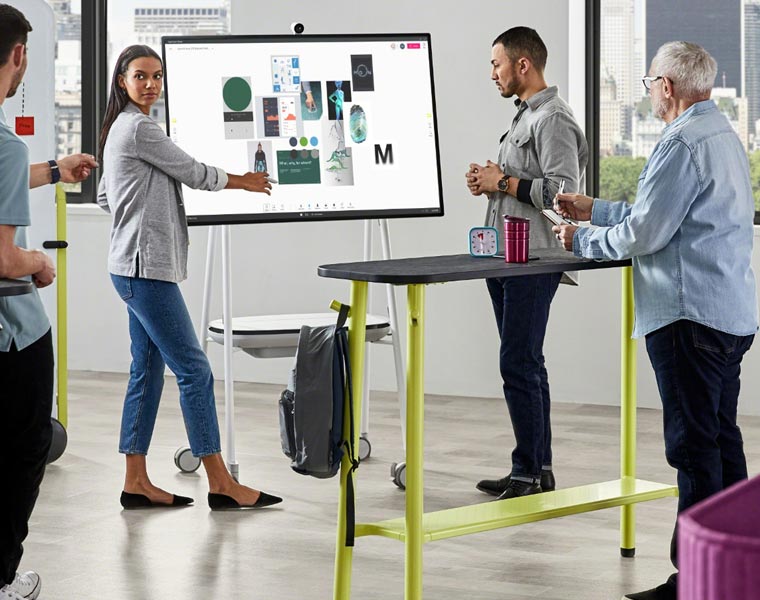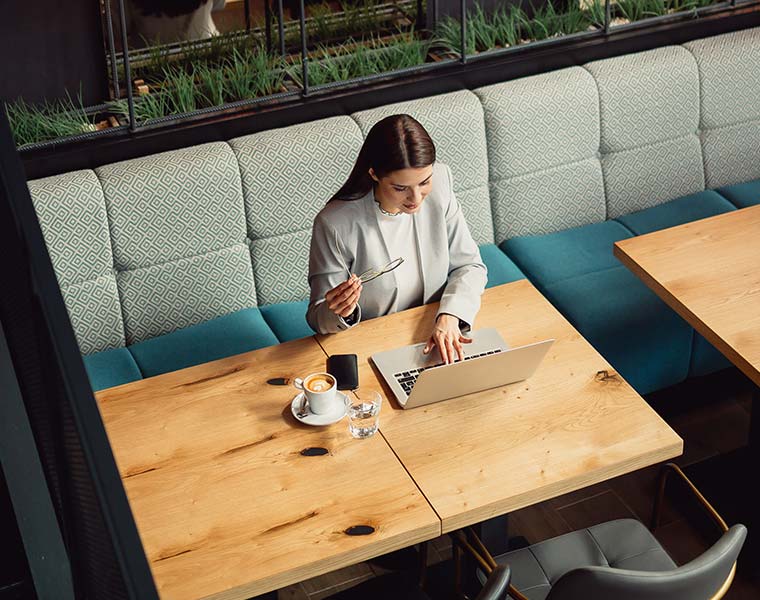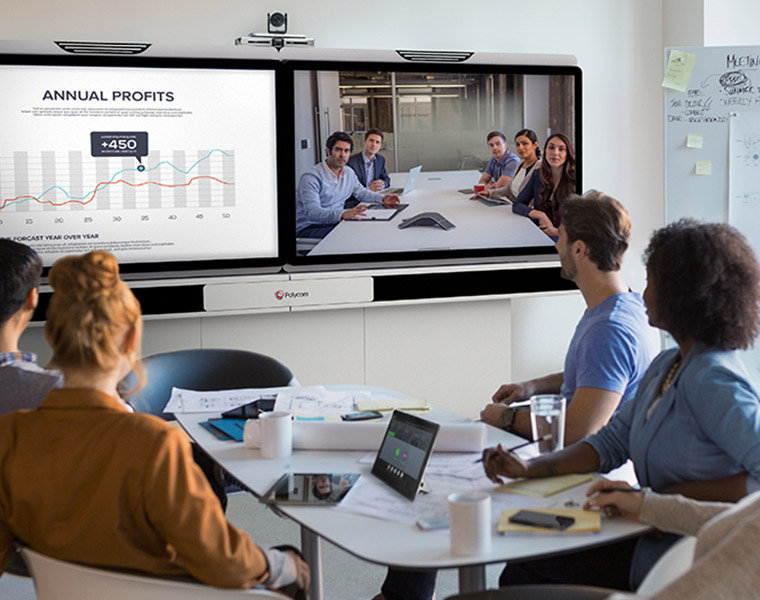We’re now well into the sixth month of adapting to the global health and economic crisis caused by COVID-19. With that has come a whole host of adjustments the world wasn’t quite prepared for. Some of these changes have been positive, the pandemic being the push they needed, but some alterations in the way we live and the way we work haven’t been quite so warmly welcomed.
In this article, we explore the growing issue of socialisation, human interaction, collaboration and lack thereof in the wake of extended (and ongoing) periods of social distance and being disconnected from one another. This necessary detachment for the good of public health has ramifications regarding communication in society as a whole.

For the purpose of this blog post, though, we will be focusing on contentedness and collaboration within the workplace, and how office design and refurbishment can provide invaluable support moving forward.
The growing need to support human interaction
Working remotely has become a commonplace concept over the past six months and will undoubtedly continue to nestle itself into the new normality in some form or another as we progress. Whether it’s full time working from home, hybrid between remote and resident working, or simply an ad hoc nomadic approach to where employees can and choose to work from, the days of working exclusively from the office are over for most.
Our experts believe that this increase in remote and nomadic work will almost ironically catalyse what our Workplace Consultant, Sam Noton has dubbed an ‘office renaissance’. Having had office life taken away for an unprecedented amount of time, workers are now going to want the interaction, collaboration and ‘water-cooler conversations’ this type of environment facilitates.

Jeremey Myerson, Director at WORKTECH Academy says that: “when we can work anywhere, we go to work for social interaction with others” and it’s this social interaction that will need specific attention going forward.
The side effects of social distancing
The Opinions and Lifestyle Survey published by the Office for National Statistics (ONS) revealed that in the period between the 17th-27th April 2020, 30% of employees felt that they were spending too much time alone.
A concerning 36% said they were experiencing feelings of loneliness, with 1 in 10 also agreeing that they felt there was strain on their work relationships. Although these figures have shown slight improvement in latter months as lockdown restrictions have loosened, there is still almost a quarter of employees saying that they feel lonely often, always or at least some of the time.
If work isn’t done to nurture and encourage social interaction between workers, whether they’re remote or under the same roof, we believe productivity, wellbeing and workplace culture will suffer.

Whilst working from home and a new age of flexibility is undoubtedly going to be beneficial, it’s essential that employers and space designers remember that it is an innate human requirement to connect with others via face-to-face interaction and information-sharing.
Employees might have been liberated from stressful commutes and the constraints of office opening hours but in order to function and flourish, employers must encourage a balance between constructive isolation and socialisation.
Without human interaction and in-person collaboration, workers risk missing out on valuable assets the office provides, such as impromptu idea-sharing, spontaneous collaboration and informal socialising, as well as conscious and/or subconscious mentorship.

Collaborative work in the post-pandemic workplace
Nicole Hammer, Smart + Connected Building Strategist for global professional services, WSP says:
“You can facilitate some really amazing sessions via Skype, Teams, Zoom, and there’s a lot that can happen to enrich the dialogue, but to drive innovation and especially culture forwards, we still need to have face-to-face collaboration.”
So, where is this healthy compromise? Where is the sweet spot between allowing employees choice, control, freedom and flexibility in a mobile working environment so that they feel safe and valued, and ensuring workforces are fostering the levels of interaction and socialisation they need?
Our experts believe that the solution can be found in creating new spaces or adapting existing work settings to become more conducive to social and collaborative interactions. If our predictions of an office renaissance are in any way correct, employees and their employers are going to be seeking social environments where they can feel connected, learn from others and share ideas face-to-face.

Myerson also said:
“In the last few years, the office has become a kind of social destination and designers have put great emphasis on bringing people together and creating a buzz with concepts like high-density open-plan working and agile scrums. If we have to design those elements out, that undermines quite a big rationale for why you go to an office.”
Of course, this all needs to be done with safety as a top priority as this is something that will be top of mind for many people right now. The Six Dimensions of Workplace Wellbeing we have discussed before call for ‘belonging’ and a strong sense of community but basic human need also marks safety as a prerequisite to trust, productivity and communication.
Of those surveyed by the ONS, 82% avoided physical contact with people outside of their homes and almost a quarter used a face covering whilst at work. This proves that employees are still wary and taking the right precautions but striking the balance between safety and socialisation is where we success heading forwards.

On the topic of face masks and covering: space configuration, office acoustics and video conferencing technology are all going to be vital elements in cultivating a collaborative working environment post-pandemic.
As faces are semi-covered with masks, non-verbal cues such as facial expressions, eye contact and body language, which are all crucial elements of strong communication become compromised.
Similarly, as remote and resident workers hold meetings and collaboration sessions via video call more regularly, misinterpretation of tone of voice becomes a problem – an issue only exacerbated by high levels of anxiety which the ONS are being felt by 50% of employees right now.
This means that whilst we most definitely recommend using the workspace for more social and collaborative requirements as focused and private work shift to a more remote context, things like density, geometry and division will still be essential. These places should exist and be functional but they should also be safe, not too densely populated and hygiene conscious.


